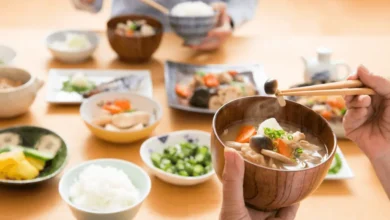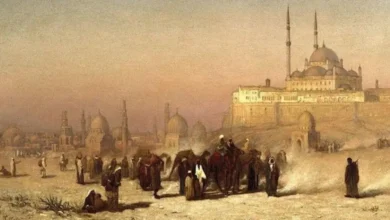Discover how traditional recipes act as living archives of culture — preserving stories, values, and identity across generations. Explore the powerful role food plays in keeping heritage alive.
More Than Just a Meal — Food as Cultural DNA
Every bite of your grandmother’s stew, every pinch of spice in your mother’s curry, every fold of a handmade dumpling — these are not just flavors. They are echoes of history, carriers of memory, and vessels of identity.
Food is memory.
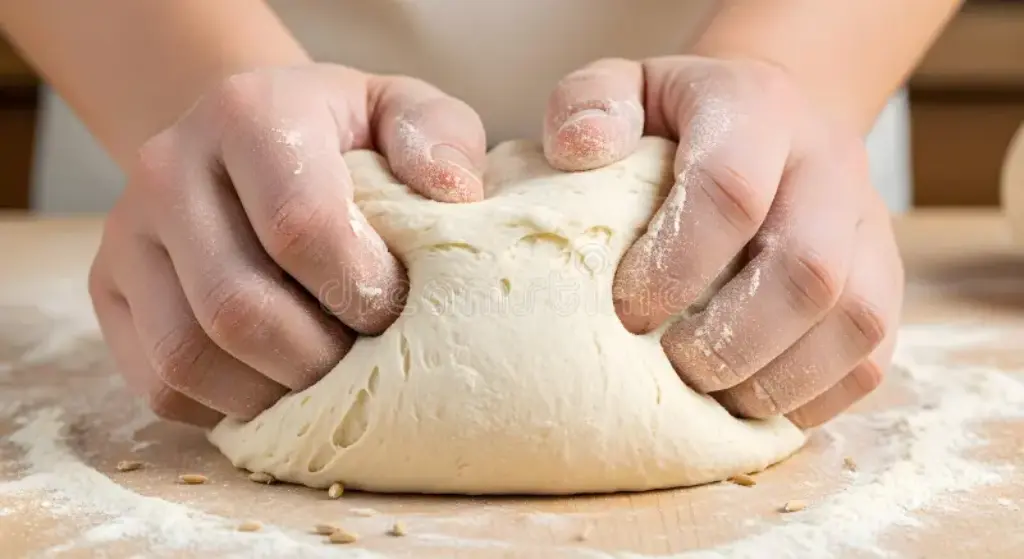
Across continents and cultures, traditional recipes have served as silent yet powerful guardians of heritage. Passed down through generations — often orally, sometimes scribbled on stained recipe cards — these dishes do more than nourish the body. They nourish the soul, connect us to our roots, and preserve the essence of who we are.
See also The Role of Sweets and Desserts in Cultural Celebrations Worldwide
The Role of Sweets and Desserts in Cultural Celebrations Worldwide
In a rapidly globalizing world, where fast food and fusion trends dominate, traditional recipes stand as resilient anchors — reminding us where we come from, even as we move forward.
Why Food Is a Keeper of Cultural Memory

1. Recipes Carry Stories
That slow-cooked mole from Oaxaca? It whispers tales of Aztec markets and Spanish conquests.
The Jewish matzo ball soup? It floats with memories of Passover Seders and diaspora survival.
The Nigerian jollof rice? It simmers with West African pride, colonial resistance, and family reunions.
🍛 “My grandmother didn’t write cookbooks — she wrote love letters in turmeric and ginger.”
Each ingredient, technique, and ritual embedded in a recipe tells a story — of migration, celebration, hardship, resilience, or joy.
See also From Feast to Fasting: Food in Rituals of Purification and Renewal
From Feast to Fasting: Food in Rituals of Purification and Renewal
2. Cooking as Ritual, Not Just Routine
Traditional recipes are often tied to rituals and rhythms:
- Lunar New Year dumplings symbolizing wealth
- Thanksgiving turkey representing gratitude and gathering
- Eid sweets marking the end of Ramadan’s fasting
These aren’t just meals — they’re cultural ceremonies on a plate, reinforcing communal bonds and spiritual values.
3. Language, Technique, and Identity
Many traditional recipes preserve endangered languages and techniques:
- The Quechua names for Andean tubers
- The Yoruba chants whispered while pounding fufu
- The Italian nonna’s “un pizzico di questo” (a pinch of this) — measurements passed by feel, not grams
When a recipe is lost, so too is a dialect, a gesture, a worldview.
👵 The Generational Chain: From Kitchen to Kitchen
Oral Tradition in the Age of Algorithms
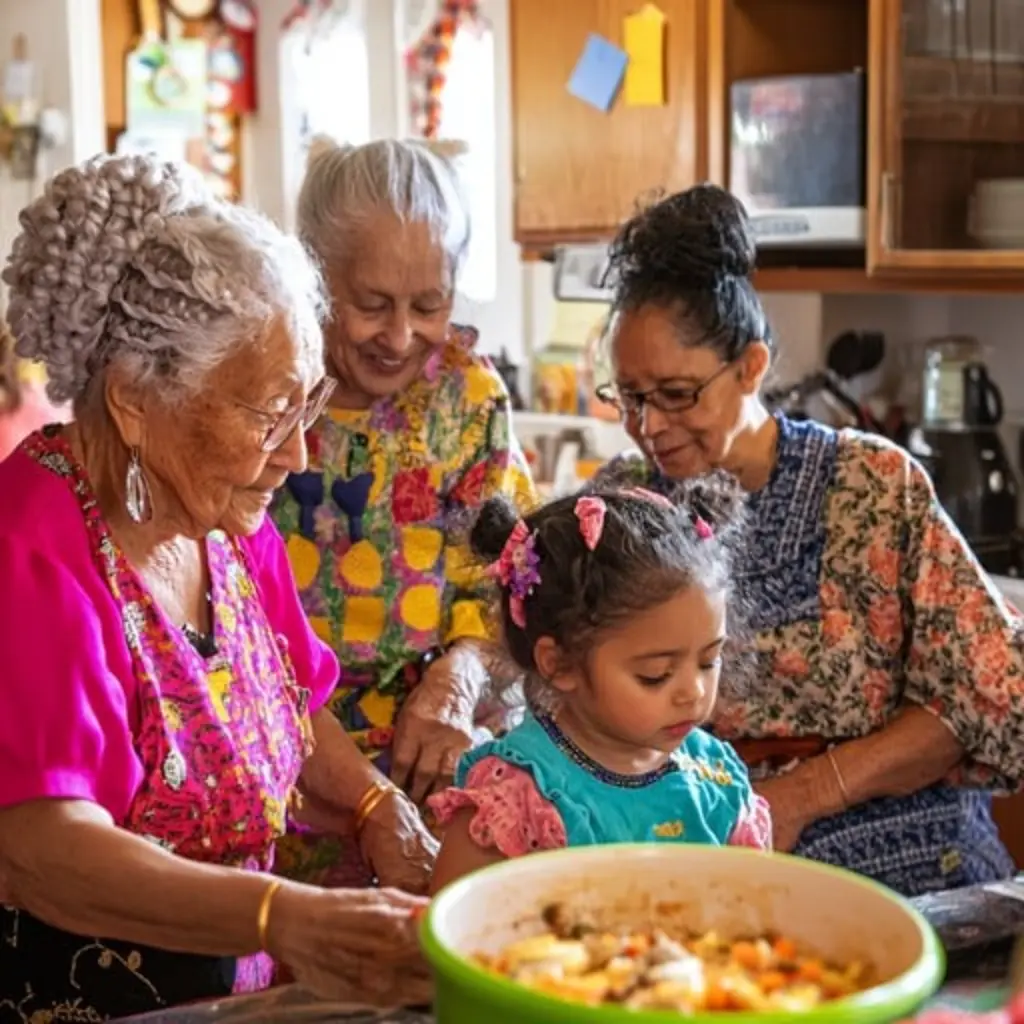
Before Instagram reels and YouTube tutorials, knowledge lived in kitchens, not clouds.
Grandmothers taught by demonstration.
Mothers corrected by touch.
Children learned by taste.
This embodied knowledge — the flick of the wrist, the smell of “just right,” the sound of sizzling oil — can’t always be Googled. It must be lived.
📜 Did You Know? UNESCO recognizes “gastronomic culture” as intangible cultural heritage — including French gastronomy, Mexican cuisine, and the Mediterranean diet.
The Threat of Disconnection
Urbanization, migration, and digital lifestyles are breaking the chain. Younger generations may not have time — or access — to learn ancestral recipes.
Yet, revival is happening:
- TikTok teens recreating grandma’s recipes
- Diaspora communities hosting virtual cooking circles
- Chefs reinterpreting heritage dishes with modern flair — without erasing their roots
🌍 Case Studies: Food as Cultural Preservation Around the World

🇲🇽 Mexico: Mole — A Sauce of Stories
Mole isn’t just sauce — it’s layers of chiles, chocolate, and centuries. Each region’s version tells a different story: convent kitchens, indigenous ingredients, colonial fusion. Families guard their recipes like heirlooms — because they are.
🇮🇳 India: Pickles, Parathas, and Partition Memories
For families displaced during India’s 1947 Partition, food became a lifeline to lost homelands. A jar of achar (pickle) or the scent of ghee-roasted paratha can transport elders — and their grandchildren — back across borders and time.
🇯🇵 Japan: Washoku — Harmony on a Plate
Japan’s traditional cuisine, Washoku, was inscribed by UNESCO for its emphasis on seasonality, aesthetics, and community. Even in Tokyo’s skyscraper shadow, families gather for New Year’s osechi ryori — each dish symbolizing health, luck, or prosperity.
🇺🇸 African American Soul Food: From Survival to Celebration
Dishes like collard greens, cornbread, and fried chicken carry the legacy of enslaved Africans who transformed scraps into sustenance — and later, celebration. Today, chefs like Mashama Bailey and Bryant Terry are reclaiming and redefining these recipes as acts of cultural pride.
💡 How You Can Preserve (and Honor) Food Memories
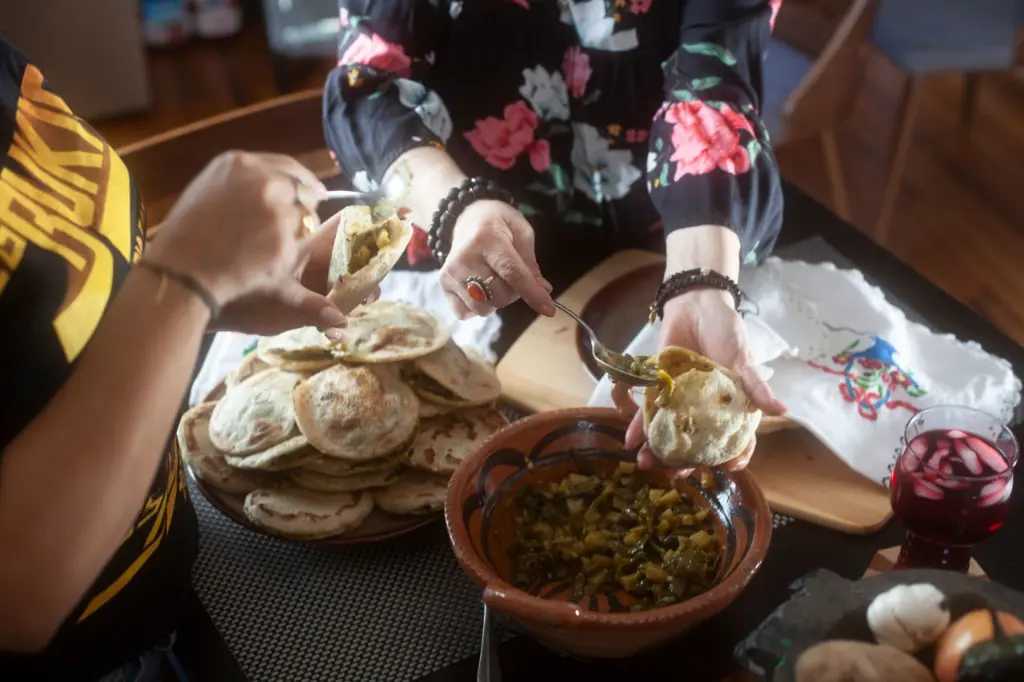
- Record Family Recipes
Interview elders. Write down not just ingredients, but stories, mistakes, and secrets. (“Add salt until it tastes like the sea breeze back home.”) - Cook Together Across Generations
Make it a ritual — Sunday stews, holiday baking, fermentation projects. The kitchen becomes a classroom. - Share Your Food Story Online
Start a blog, Instagram page, or YouTube channel. Tag #FoodAsMemory or #RecipeHeritage. Inspire others. - Support Cultural Food Initiatives
Visit immigrant-run restaurants. Buy from heritage food brands. Attend cultural food festivals. - Teach Your Kids — Even the Messy Parts
Let them knead the dough, burn the rice, taste the difference. Memory is made in the doing.
📚 The Science Behind Food and Memory
Neuroscience confirms what cultures have always known: smell and taste are directly wired to memory and emotion.
The olfactory bulb — responsible for smell — is nestled beside the amygdala and hippocampus, brain regions tied to emotion and memory formation. That’s why:
The scent of cinnamon can transport you to childhood Christmases.
The taste of tamarind can bring tears for a homeland you’ve never seen.
Food doesn’t just remind us — it reconnects us.
❓ FAQs: Food as Memory
❓ Why are traditional recipes important for cultural identity?
They encode history, language, values, and community practices — acting as edible archives of who we are.
❓ Can food really preserve memory?
Yes — neurologically and culturally. Taste and smell trigger powerful autobiographical memories, while recipes carry collective history.
❓ What happens when traditional recipes are lost?
A piece of cultural DNA disappears — along with stories, techniques, and a sense of belonging for future generations.
❓ How can I start preserving my family’s food heritage?
Begin by cooking with elders, recording their stories, and documenting recipes — ingredients, methods, and meanings.
Conclusion: The Table Is a Time Machine
In every simmering pot, rolled dough, and shared meal, we find more than sustenance. We find ancestors, identity, and belonging.
Traditional recipes are not relics — they are living, evolving testaments to resilience and love. They remind us that culture isn’t only found in museums or books — it’s in our kitchens, on our plates, and in the stories we tell between bites.
So the next time you taste a dish your grandmother made — pause.
-You’re not just eating.
-You’re remembering.
-You’re preserving.
-You’re continuing.


